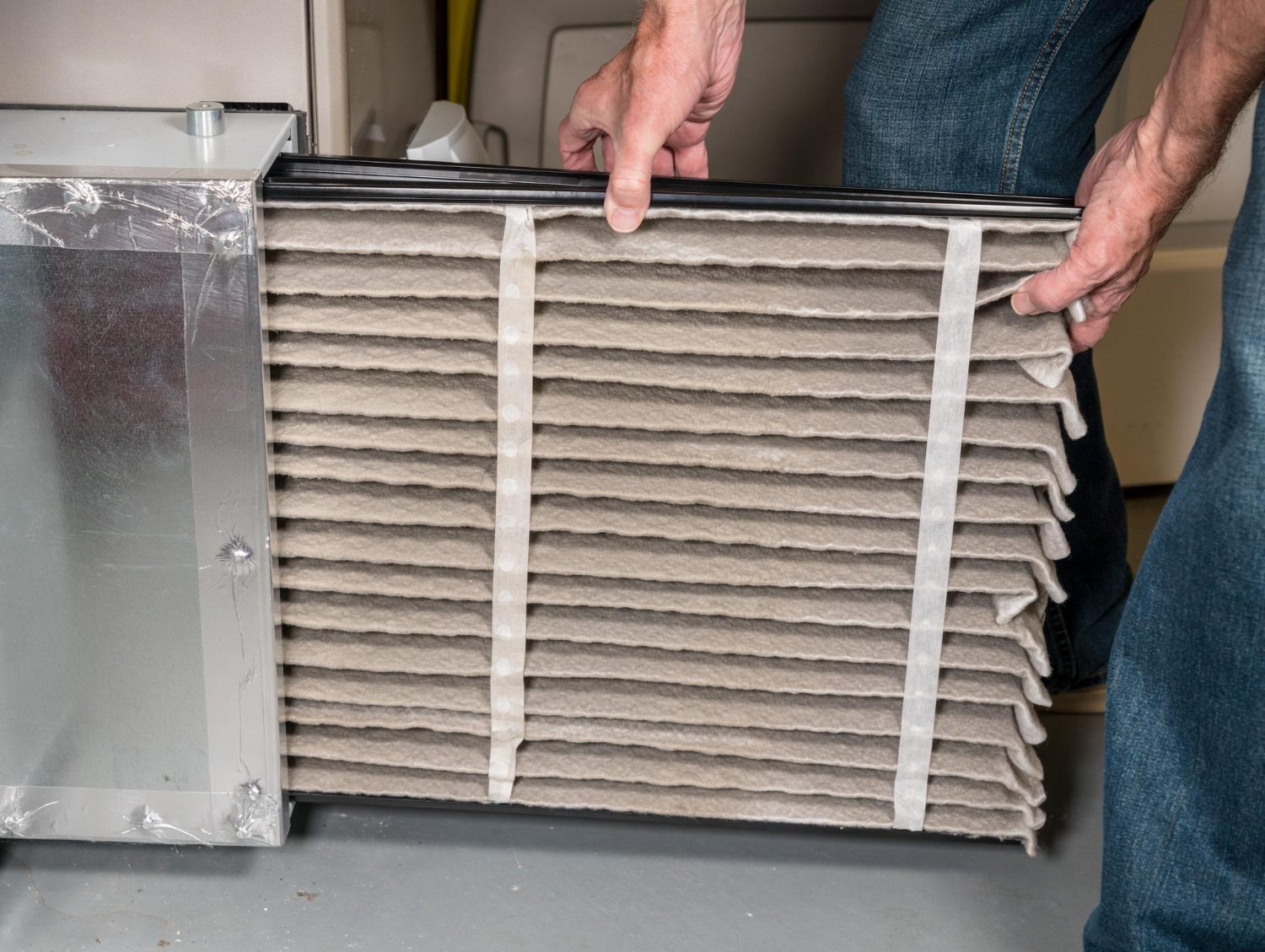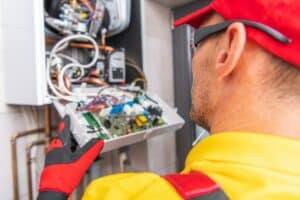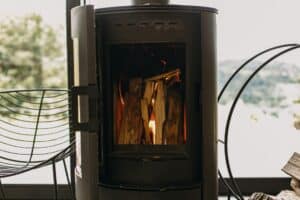
A furnace that isn’t heating well can be frustrating, especially in the cold winter months. Whether it’s delivering lukewarm air or not working at all, a malfunctioning furnace can make your home uncomfortable and even affect your health. Understanding why your furnace isn’t performing well is the first step in solving the problem and ensuring cozy warmth in your home.
In this article, we’ll explore common issues that affect furnace performance, provide troubleshooting tips to handle minor problems, emphasize the importance of regular maintenance, and guide you on when to seek professional repair services.
Common Issues That Affect Furnace Performance
Several common issues can affect how well your furnace heats your home. Here are some of the main problems:
1. Dirty Air Filters: Air filters trap dust and debris to keep air clean. When they’re clogged, airflow is restricted, making the furnace work harder. This reduces efficiency and heating capacity.
2. Thermostat Problems: A malfunctioning thermostat can misread temperatures or fail to signal the furnace correctly, leading to inconsistent heating. Check the settings and batteries first.
3. Ignition or Pilot Light Issues: Furnaces rely on an ignition system or pilot light to start heating. If these fail, your furnace can’t produce heat. This problem is more common in older models.
4. Blower Motor Problems: The blower motor pushes heated air through your home’s ducts. If it’s faulty or the belt is worn out, warm air won’t circulate properly, leading to cold spots in your home.
5. Dirty Burners: Burners mix fuel and air to create heat. If they are dirty or clogged, they can’t burn fuel efficiently, which impacts heating performance. Regular cleaning can prevent this issue.
6. Blocked Vents and Ducts: Obstructed vents and ducts prevent warm air from reaching all rooms in your house. Make sure vents are open and clear of obstructions like furniture or drapes.
Recognizing these common issues can help you determine why your furnace isn’t heating well and take steps to fix it.
How to Troubleshoot a Malfunctioning Furnace
Some furnace problems can be easily fixed at home. Here’s how to troubleshoot common furnace issues:
1. Check the Thermostat: Ensure the thermostat is set to “heat” and the temperature is set higher than the current room temperature. Replace the batteries if needed and check if it’s functioning properly.
2. Inspect Air Filters: Locate your furnace’s air filter and check if it’s dirty or clogged. Replace dirty filters with new ones. Regular filter replacement improves airflow and efficiency.
3. Reset the Furnace: Sometimes, a simple reset can fix minor issues. Turn off the furnace, wait a few minutes, and turn it back on. This can reset the system and resolve glitches.
4. Clear Vents and Registers: Walk around your home and ensure that all vents and registers are open and unobstructed. Remove any furniture or items blocking airflow to enhance circulation.
5. Check the Pilot Light or Ignition: For gas furnaces, check if the pilot light is on. If it’s off, follow the manufacturer’s instructions to relight it. For modern units, consult the manual on checking the electronic ignition.
6. Inspect the Circuit Breaker: Ensure the furnace’s circuit breaker hasn’t tripped. If it has, reset it. A breaker that continuously trips may indicate a more significant electrical issue.
By following these troubleshooting steps, you can often identify and fix minor furnace issues, ensuring your home stays warm and comfortable.
Importance of Regular Furnace Maintenance
Regular maintenance is key to keeping your furnace running smoothly and preventing issues. Here’s why maintenance is so important:
1. Improves Efficiency: Regular tune-ups and cleanings help your furnace run at peak efficiency. An efficient furnace uses less energy, which can reduce your heating bills over time.
2. Extends Lifespan: Routine maintenance addresses minor issues before they turn into major problems. This can extend the lifespan of your furnace, saving you money on premature replacements.
3. Prevents Breakdowns: Regular check-ups can catch problems early, reducing the risk of unexpected breakdowns, especially during the coldest months when you need your furnace the most.
4. Improves Air Quality: A well-maintained furnace filters out dust and debris more effectively, improving the air quality in your home. Clean filters and ducts prevent the spread of allergens and pollutants.
5. Ensures Safety: Maintenance includes checking for gas leaks and other potential hazards. Ensuring that all components are working correctly can prevent dangerous situations like carbon monoxide leaks.
Scheduling a yearly maintenance visit from a professional can keep your furnace running efficiently and safely, ensuring a warm and comfortable home.
When to Call a Professional for Furnace Repairs
While some furnace issues can be fixed with simple troubleshooting, there are times when calling a professional is necessary. Here are some signs that you need expert help:
1. Persistent Problems: If you’ve tried troubleshooting and the issue persists, it’s time to call a professional. Ongoing problems may indicate more serious issues that require expert diagnosis and repair.
2. Strange Noises: Loud or unusual noises, like banging, grinding, or screeching, can signal significant mechanical problems. A professional can identify and fix these issues before they lead to more damage.
3. Frequent Cycling: If your furnace is frequently turning on and off in short cycles, it could be an issue with the thermostat, dirty filters, or more complex mechanical problems. Professional intervention is needed to correct this.
4. High Energy Bills: Sudden increases in your energy bills can indicate your furnace is working inefficiently due to issues that need professional repair.
5. Unusual Smells: If you smell gas or notice a burning smell when your furnace is running, turn it off immediately and call a professional. These odors can indicate serious and potentially dangerous problems.
6. Inadequate Heating: If your home isn’t reaching the desired temperature despite adjustments to the thermostat, there might be an issue with the furnace’s components or ductwork that needs professional attention.
Knowing when to call for professional help ensures that your furnace operates safely and efficiently, avoiding bigger problems down the road.
Conclusion
Keeping your furnace in good working condition is essential for a warm and comfortable home. We’ve discussed common issues that affect furnace performance, tips for troubleshooting, and the importance of regular maintenance.
We’ve also outlined when it’s necessary to seek professional help. By being proactive and attentive to your furnace’s needs, you can avoid unexpected breakdowns and extend the life of your heating system.




